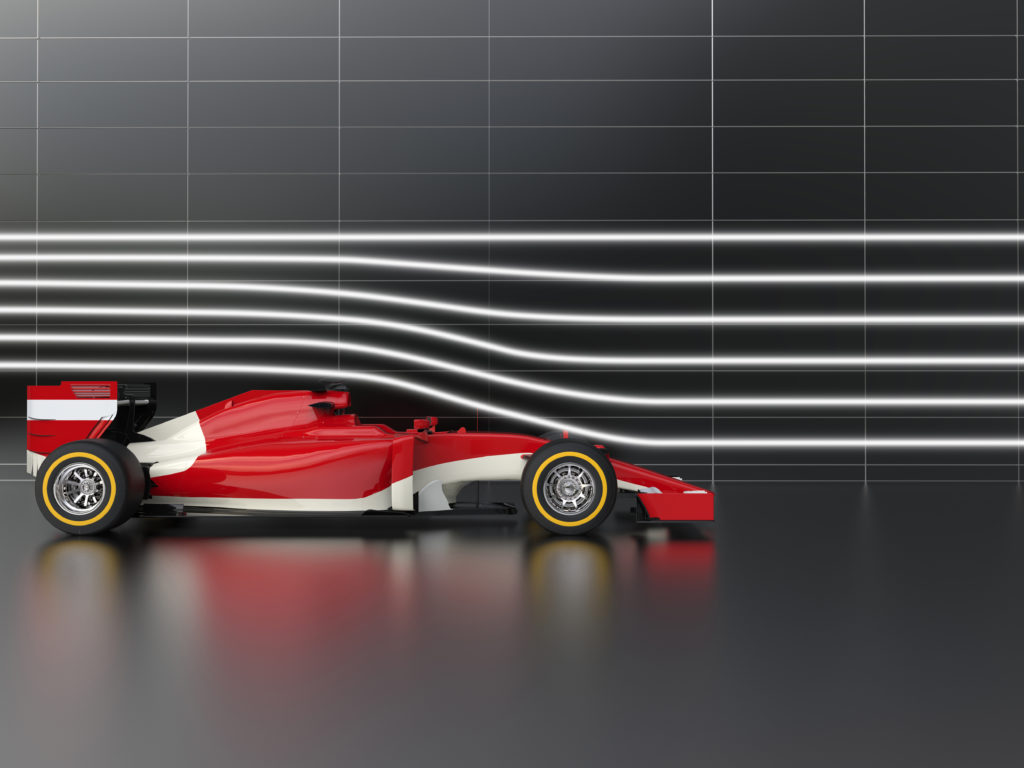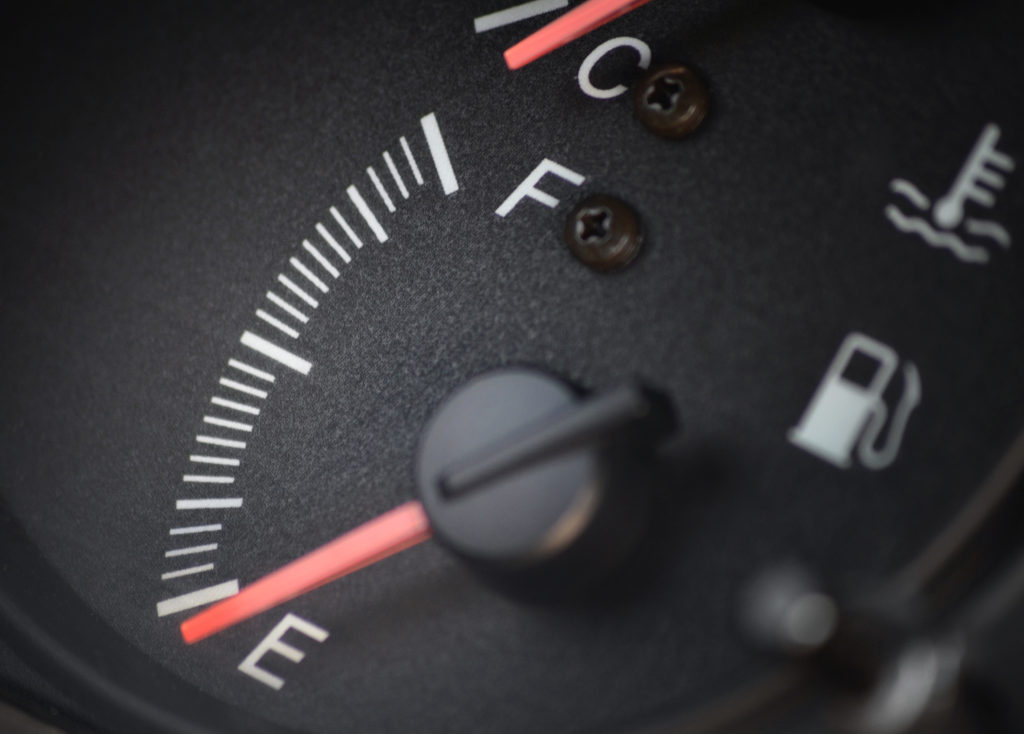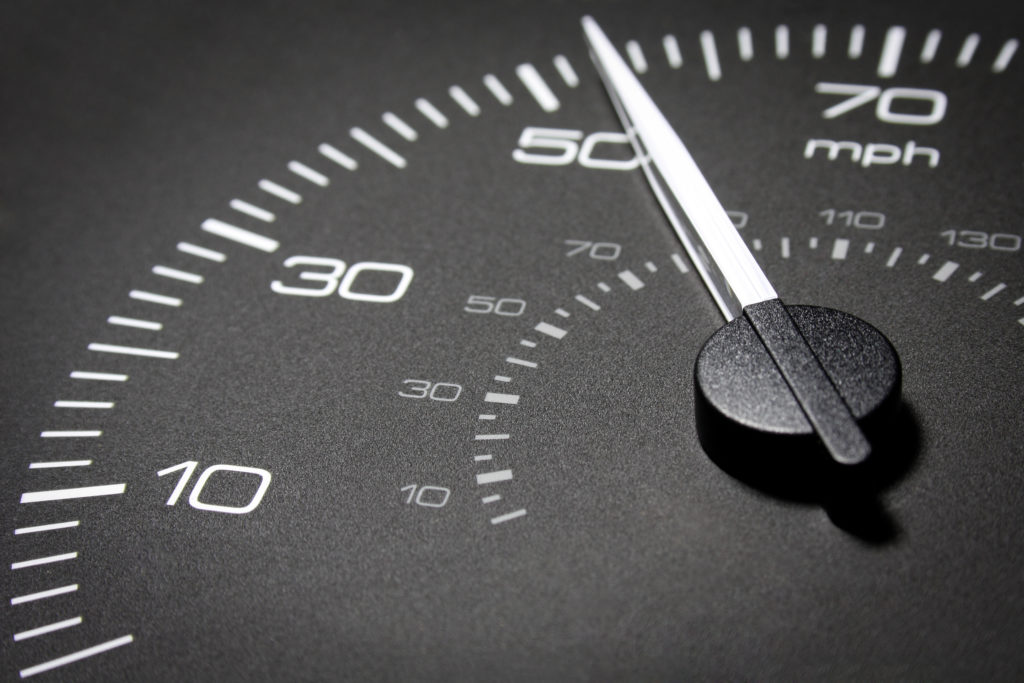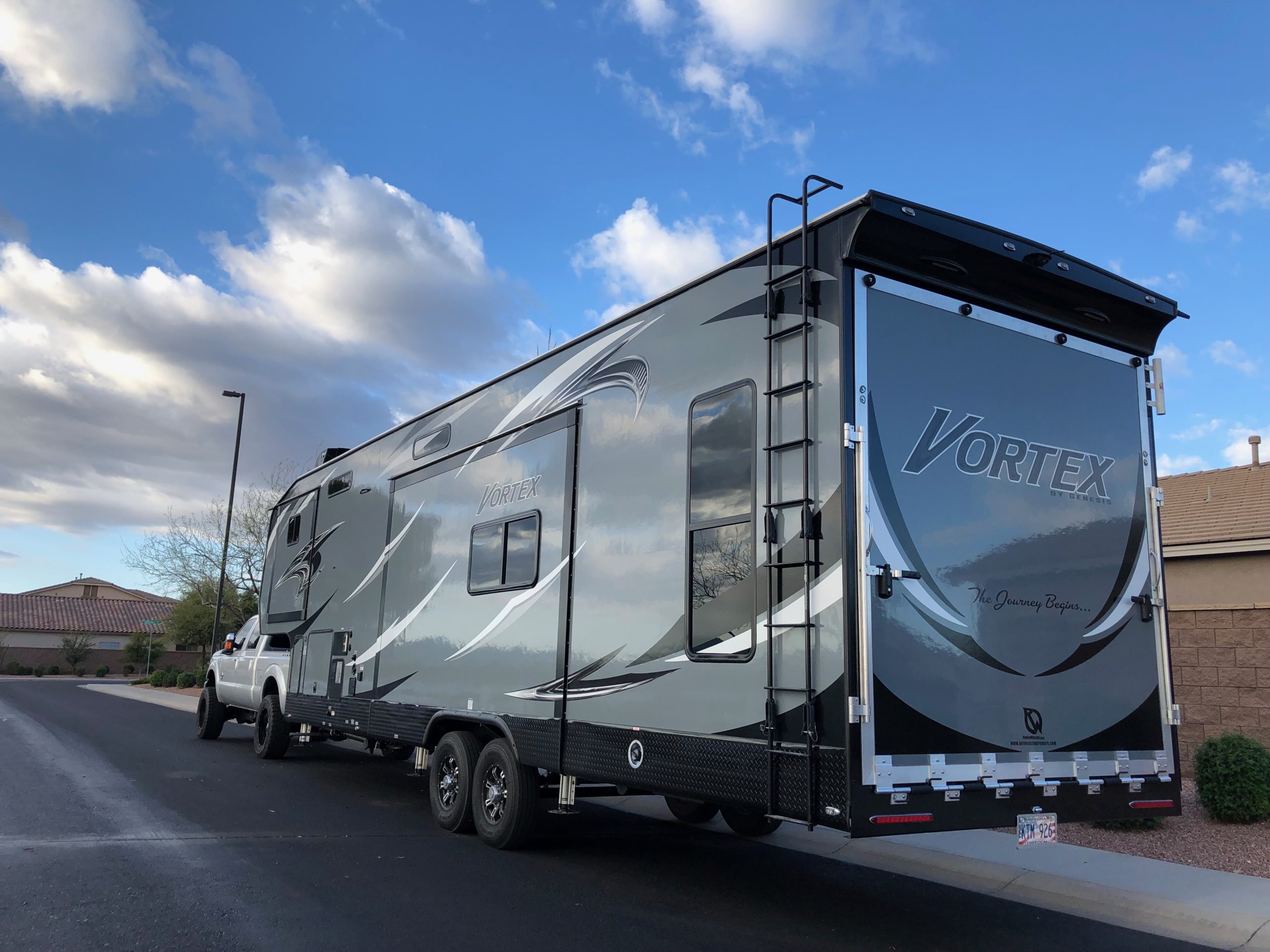Most people turn to wind deflectors to save some money at the pump, but do these gadgets really work?
RV wind deflectors actually work. They reduce energy loss through aerodynamic drag when towing an RV at highways speeds. Wind deflectors improve vehicle performance by reducing the air resistance of the trailer, which reduces fuel consumption. Coupling these with side pairings gets better results.
The rest of the article will look at how aerodynamic drag affects car performance and some helpful RV fuel-saving tips.
What Is Aerodynamic Drag?
Aerodynamics is a branch of science that studies airflow and how it affects objects moving through the air.
In this case, aerodynamic drag refers to the force that oncoming air applies to a moving car.
It’s the amount of resistance a vehicle encounters while moving as the wind pushes in the opposite direction.
There are four types of aerodynamic forces acting on a vehicle in motion, but pressure drag is the most important.
Pressure drag is the main type of drag force acting on a moving car.
It results when air particles become compressed on the front-facing parts and widely spaced out on the vehicle’s rear parts.
As a truck moves forward, it cuts through the air, forcing the layers to separate and move away from its surface.
As the car vacates the space, the air begins to swirl, creating a turbulent flow.
The pressure difference shows that air is actively pushing on the vehicle’s front surfaces than the rear end, confirming the presence of a drag force.
The size of the pressure zone depends on the size and shape of the vehicle. Naturally, large vehicles generate bigger pressure zones.
Aerodynamic Drag and Vehicle Performance

Car manufacturers are continually working to reduce aerodynamic drag since it has a negative impact on performance and efficiency.
They use a drag coefficient to measure how much vehicles resist moving through air.
The drag coefficient is critical at a higher speed because the drag increases with speed.
Lowering drag improves car performance, including speed, fuel efficiency, acceleration, and handling.
The drag coefficient and the frontal area of vehicles are the two main factors that affect drag, making them crucial in automotive design.
Historically, car bodies have become more streamlined as designers work on reducing frontal drag.
The shape of the vehicle also affects the drag coefficient.
A typical modern car has a drag coefficient of between 0.25 and 0.3 but rises to up to 0.45 in SUVs due to their boxy shapes.
The rule of thumb is that aerodynamic cars have lower drag coefficients.
Aerodynamic Drag and Fuel Economy
The need to improve fuel economy has made aerodynamics a top priority for automakers.
Motoring enthusiasts are constantly pushing for cars with better performance and fuel consumption.
After identifying drag to be a considerable challenge in improving fuel consumption, car makers resorted to making cars capable of moving smoothly through the air.
This push has resulted in the popularity of aerodynamic car designs.
Modern cars spot more curves and sleek bodies compared to their predecessors.
How Does Drag Affect Mileage?

When looking to improve fuel economy by improving a vehicle’s aerodynamics, automakers primarily focus on the drag coefficient.
It’s a measure of how easily a car can move through the air.
Since there’s more to aerodynamics than drag, automakers also consider other factors such as lift, yawing, noise, downforce, among others.
However, reducing drag has the most pronounced effect on fuel consumption. For instance, reducing the drag coefficient of a full-size truck by 0.01 improves its fuel consumption by 0.1 miles per gallon.
The same drop in drag coefficient improves a car’s fuel consumption by 0.2 mpg in both highway and city driving.
Drag is negligible at a lower speed, but it becomes an important factor at higher speeds.
The aerodynamic drag working against a car moving at 70 mph (113 kph) is about four times greater than one moving at 35 mph.
Consequently, cars tend to consume more fuel while traveling at higher speeds because they have more air resistance to overcome.
Common Vehicle Drag Numbers
Automakers are increasingly moving towards sleeker cars not just to improve appearance but to reduce drag coefficient as well.
A clear example of this is the transformation of Volvo sedans.
Initially, Volvo produced boxy models such as the classic 960 sedan, which had a drag of 0.36.

The automaker has currently pivoted towards sleeker models such as the S80, which boasts a drag of just 0.28.
Previously, a drag coefficient of less than 0.3 was reserved for sports cars, but the push to improve fuel economy has broken that barrier.
Currently, everyday cars such as Camry and Avalon sit at 0.28 while the Solara comes in at 0.28.
With its 55 mpg and a drag coefficient of just 0.26, the diminutive Toyota Prius is a true testament that focusing on aerodynamics improves fuel economy.
The drag factor in pickups and SUVs is much higher than that of smaller cars because they are bigger, ride higher, and have bigger engines.
Engine size plays a crucial role in aerodynamics because they have greater cooling needs.
Cooling is a major factor because it requires the vehicle to take in air through the radiator, increasing its drag coefficient.
Tips to Improve Fuel Consumption When Towing a 5th Wheel
Improve Your Towing Aerodynamics
Most semi-trailers tearing down the highway have some sort of wind deflector encasing the driver’s cabin’s upper part.
These ramps are streamlined to send the air over the block-shaped trailers and reduce drag.
The same rules of aerodynamics are at play whenever you’re towing a 5th wheel or a travel trailer that towers over the cab of the truck.
A speeding vehicle creates a low-pressure zone, and turbulence flows on it on its rear. This phenomenon tends to compound when towing a trailer.
The low-pressure zone continually occurs between the towering trailer and the truck bed and generates a considerable amount of drag.
That’s in addition to the huge drag building up in front of the tall block-shaped trailer.
Wind deflectors can help RV drivers reduce the amount of drag they create when towing a trailer down a highway.
Wind ramps or RV wind deflectors carry the air up and over the top of the trailer to remove the added drag and clear the air block.
If you’re towing a trailer that stands higher than the car, it’s advisable to install a wind deflector because the trailer will create wind drag.
Espouse Good Driving Habits

There’s a direct correlation between driving habits and a vehicle’s fuel consumption.
Follow these tips if you want to get more miles per gallon when towing an RV:
- Avoid aggressive driving. Hard braking and rapid acceleration are not only dangerous while dragging a trailer behind you, but they also increase your fuel consumption. Hard driving practices increase fuel consumption by up to 33% when cruising down the highway.
- Keep your speed below 65 mph (105 kph). Aerodynamic drag increases with speed, which translates into higher fuel consumption. The fuel efficiency of a truck traveling at 65 mph (105 kph) is 27% higher than one traveling at 75 mph (121 kph). A rule of thumb in the trucking sector is that fuel efficiency drops off at speeds above 60 mph (97 kph).
- Use cruise control. Using cruise control lowers your fuel consumption by maintaining steady speeds when traveling on flat roads, moderate hills, or downsloping hills. If you slow down or stop, remember to resume cruising speed before re-engaging cruise control.
- Follow a large semi-trailer. Driving behind a large trailer without tailgating can improve your fuel efficiency by breaking the headwind and reducing drag. Better yet, professional truckers drive at a constant speed, rarely change lanes, and the large size of their rigs discourage drivers from swerving into their lane.
- Avoid rush hour traffic. Traffic gridlock translates into stop-and-go traffic, which will lead you to consume more fuel. Planning your journey can help you reach your destination before rush hour commences. You may consider using the backroad to avoid heavy traffic.
- Consider night driving. Night driving is not only peaceful but great for your fuel consumption. The temperatures are lower, and it’s less windy, which lowers the amount of drag you’ll encounter on the road.
Ditch the Extra Weight
Carrying unnecessary weight reduces fuel economy and is hard on the brakes.
Lugging an extra 100 pounds (45 kgs) in the trunk can increase a car’s fuel consumption by 2%.
- Water load. Carry just enough water to get you to your destination instead of leaving home with a full tank. Be sure to drain the tanks again on the journey home. Purging your grey and black water when driving an RV also reduces the load.
- Air conditioning. Running the air conditioner increases fuel consumption by 0.5 %. Using the air conditioner increases the load on the engine, which allows it to run cooler. Covering the AC unit in an RV with an aerodynamic shroud reduces its drag while protecting it from the elements.
- Make flexible travel plans. Avoid traveling during strong headwinds as it increases drag and increases your fuel consumption. Picking a tailwind can get you better mileage. Making longer stops reduces the amount of travel and lowers the amount of fuel you spend on your trips.
Types of Wind Deflectors
Outfitting your RV with wind deflectors improves your driving experience and makes your RV vacation more enjoyable.
Here are some of the different types of wind deflectors you can install:
Wind Deflectors for Trucks
These wind deflectors sit on the cab’s roof and eliminate the turbulent wind that occurs between the trailer and the truck bed.
These gadgets are easy to install and don’t require any modification or drilling on the truck cab.
By eliminating air drag, such wind deflectors improve your fuel consumption while improving your rig’s handling.
They are highly dynamic, and you can adjust them at any angle that fits your rig and suits your driving needs.
Wind deflectors have the added advantage of keeping bugs from splattering on the trailer.
That lowers the amount of effort necessary to keep your trailer clean and tidy.
Rooftop Wind Deflector
No products found.
Rooftop wind deflectors are popular with people who use pickup trucks to pull a 5th wheel, but you should approach them with caution.
In such a setup, the deflector may be too far away from the trailer to have a significant effect on the drag.
People also make the mistake of getting a rooftop wind deflector that’s too narrow.
While it may block some wind, it ends up being nothing more than a decorative ornament on the roof due to high levels of inefficiency.
For a wind deflector to be effective, it must be within a few feet of the 5th wheel.
In fact, you’re better off placing the rooftop wind deflector atop the trailer’s roof because that’s the part that faces the most air resistance.
Alternatively, you can install a nose cone on the front part of the trailer.
This rounded wind deflector helps streamline the blocky shape of a trailer and reduce air resistance.
Nose cones are super effective in reducing drag and can improve your fuel consumption and driving experience.
Door Wind Deflector
No products found.
These deflectors play the dual role of keeping water out of the cab and let you drive with the windows rolled down for a bit of fresh air.
Given their small size, these deflectors might not make a difference in your fuel economy.
However, they are useful in cutting down the wind noise when you roll down a window.
Normally, cracking down a window subjects you to a rolling noise that makes it impossible to hold a conversation.
Door wind deflectors cut down the noise and will allow you to listen to sounds coming from your trailer or truck.
5th Wheel Wind Deflector
Wind can pose a significant challenge when hauling a 5th wheel.
The air can cause the trailer to swerve from side to side, which impacts handling.
That’s on top of air resistance that increases your fuel consumption.
Installing a good 5th wheel wind deflector makes for better handling and improves vehicle performance.
Winged wind deflectors tend to perform better and will get you better gas mileage.
However, a wind deflector’s contribution is only noticeable when driving at highway speeds—55 to 65 mph (89 to 105 kph).
That’s because drag isn’t a big issue at lower speeds, but the effect becomes pronounced at high speeds.
Water Heater Wind Deflector
These are triangular metal pieces that cover the water heater vent on an RV.
They allow air to escape from an RV but deflect away the wind to reduce air resistance.
Despite their small sizes, these wind deflectors play a significant role in reducing drag and double up as pilot light guards.
While it rarely happens, wind can blow at just the right angle and extinguish your pilot light.
Slideout Topper Wind Deflector
A slideout topper wind deflector plays many beneficial roles on your RV.
For starters, they protect the fabric on the awnings by keeping them billowing when you’re on the road.
They also protect the slide seals from leaves and debris that can damage the slideout mechanism.
Lastly, these wind deflectors keep out the rain and eliminate any risk of corrosion.
Since they are made from aluminum, these wind deflectors won’t add to the vehicle’s weight and ruin your fuel consumption.
Custom Wind Deflector
Drivers register mixed results when using air deflectors because there isn’t a one-size-fits-all solution on the market.
What works on one setup might fail miserably in another.
To avoid such disappointments, you can opt to craft a custom wind deflector for your rig setup.
Here are some guiding principles to help you get the best wind deflector for your RV:
- Ensure that your truck’s height and width match about 75% of the trailer size.
- Get the aerodynamics on the deflector right and ensure it can sit at a 30° angle.
- Pairing your deflector with a pair of side wings can improve its performance in reducing the drag.
- Pick a strong and durable plastic material over metal to avoid weighing down your vehicle.
Conclusion
Whether RV wind deflectors really work remains a heated subject among RV enthusiasts.
Some people swear by a myriad of benefits they harness from installing RV wind deflectors.
Others dismiss wind deflectors as an expensive fad and, consequently, get no benefits.
For an RV wind deflector to work properly, you need to get the size right and mount the device in the right position.
However, most fuel-saving benefits are noticeable when driving at highways speeds.
The effects of air resistance become more pronounced when traveling at high speeds.







